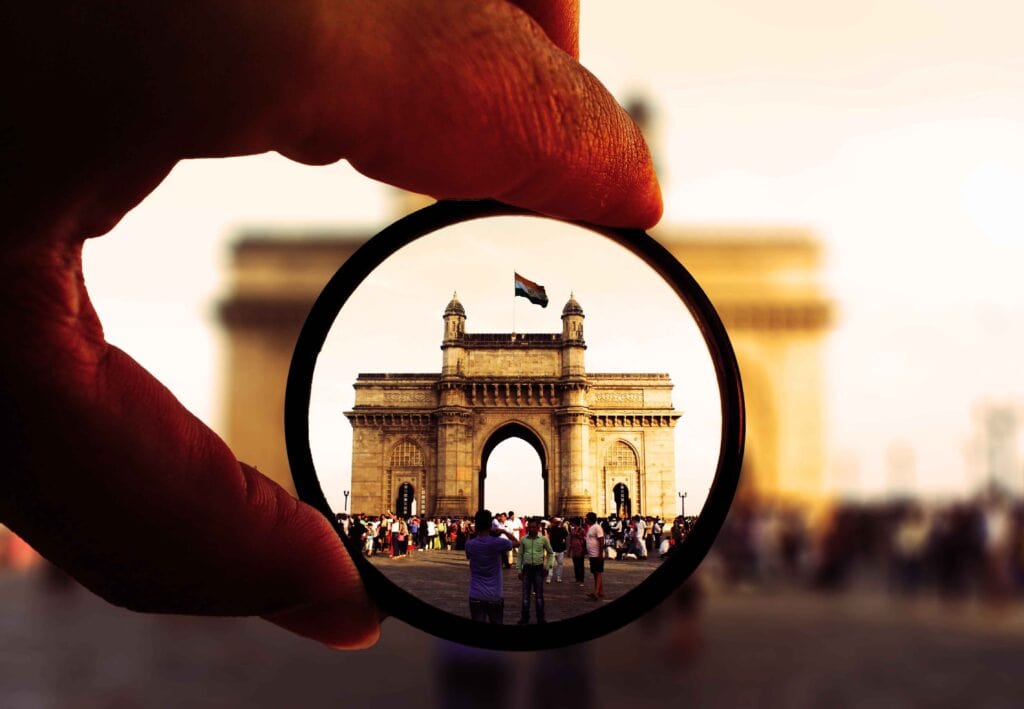
A recent study published in India, showed that over 50% of health expenses are financed through out-of-pocket payments.
This places a huge financial burden on households, especially with the rising prevalence of non-communicable diseases, injuries, and infectious diseases. This study using data from the National Sample Survey (2017-2018) revealed that 49% of households experienced catastrophic health expenditure and 15% fell into poverty due to these out-of-pocket health costs.
It’s clear that there is a need to increase health insurance uptake, consider outpatient services under health insurance, and strengthen the public health sector to alleviate this burden.
Recent Posts
Strategic Avalere Health Appointments Enhance Leadership in Navigating US Healthcare Policy Changes
Avalere Health strengthened its appointments, with Matt Kazan returning as Senior Vice President of Policy, where he previously served as a former top advisor on the US Senate Committee on Finance, and he will now lead the policy team amid changes like the Inflation Reduction Act. Laura Housman, ...
Advancing EU Health Technology Assessment: Key Priorities in the HTACG Draft Annual Work Programm...
How will the EU Health Technology Assessment framework evolve in 2026 to improve clinical evaluations for cancer treatments and advanced therapies? The EU Health Technology Assessment (HTA) initiative coordinates standardized reviews of medicines and devices across Member States, thereby boosting...
Biomanufacturing Excellence Act: Strengthening U.S. Biopharmaceutical Manufacturing and Innovation
Launching the Biomanufacturing Excellence Act of 2025
The Biomanufacturing Excellence Act of 2025, introduced as H.R. 6089 in the 119th Congress on ...